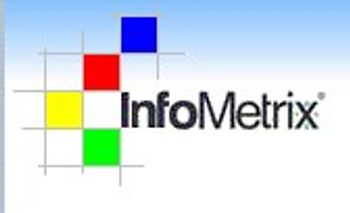
Chemometric interpretation software, like InfoMetrix® Pirouette® can help the user take a quantum leap toward chromatograph based control when integrated along with alignment technology, like InfoMetrix LineUpTM in the software bundle.
Chromatography, especially gas chromatography, is perfect for separating complex mixtures and characterizing their population based on molecular weight.
With LineUp alignment technology bundled into the method, GCs will generate very consistent results with retention time shifts automatically corrected, as long as mechanical problems, severe column degradation or a process upset don't intervene.
Still, chromatographic data cannot be imported as control information directly. An interpretation step is necessary to achieve the control benefit. So the software system has to be made even smarter.
Chromatographic data are complex and multivariate, while most process monitoring and control strategies are fairly simple and often can be expressed in binary terms . . . good/bad, steady-state/upset, correct ratio of x element in the blend/not correct ratio of x element in the blend, etc.
The goal, then, becomes to interpret the chromatographic data into a few important quality parameters. This is done with classification or regression models. These regression and classification algorithms can be applied automatically to infer physical properties or characteristics. This allows us to bring more complex analyses into routine or even automated use
The figure below shows an automated interpretation, via InfoMetrix Pirouette, of a detailed hydrocarbon analysis (DHA) of winter-grade gasoline, to see if it falls within the acceptable parameters for release. The DHA table generates a matrix separating hydrocarbons both by carbon number and compound type. A chemometric analysis maps a point that scores every run and compares it to a historical library. Here, a single point represents each chromatogram. Points close to one another represent chromatograms that are relatively similar.
This approach allows us to create a confidence limit around "good winter-grade gasoline" and instantly detect if a sample is out-of-specification, or "bad winter-grade gasoline."
Using this chemometric approach, a robust, fully automated interpretation system is created. With this interpretation system in place, we have the final link to bringing gas chromatography truly into the control loop.
